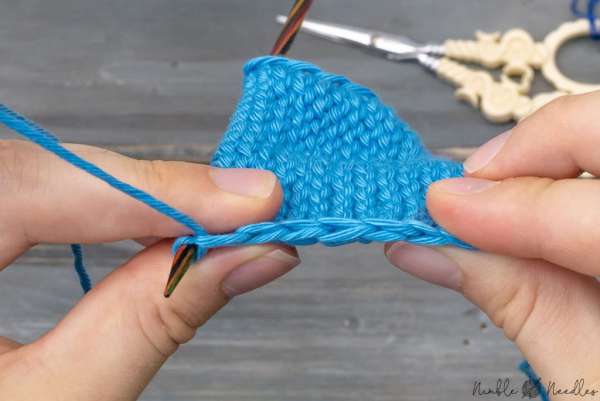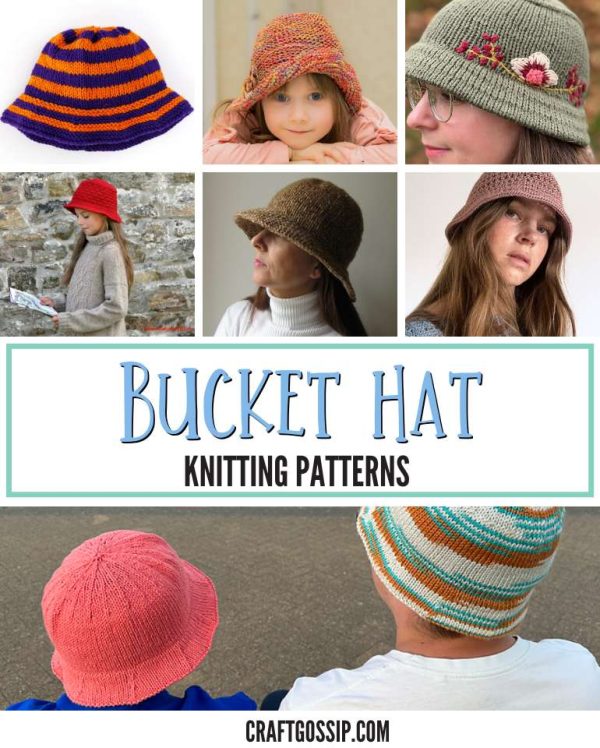 If you’re looking to refine your knitting techniques in the new year, or you’re new to knitting and wondering why your edges look so weird, you might enjoy this deep dive into edge stitches, why they look that way and what to do about it.
If you’re looking to refine your knitting techniques in the new year, or you’re new to knitting and wondering why your edges look so weird, you might enjoy this deep dive into edge stitches, why they look that way and what to do about it.
The truth is that your edge stitches are pretty much always going to look a little different from the stitches on the inside of your knit fabric. That’s just because of the way knit fabric is structured — all the other stitches have support on both sides, which helps even out the tension, but edge stitches don’t have that.
Also it’s super easy to change your tension on that last (or first) stitch, to pull too tight because you think it will make them look more even, or to leave it loose because of the way you’re making the stitch.
Nimble Needles dives into all of this in detail, showing exactly how those edge stitches can get wonky and how they often don’t look perfect even when you’re trying really hard to make sure they have the same tension as the other stitches in the project.
So what do we do about it? You’ll have to visit the blog post for all the details, but the answer is working selvedge stitches or slipped stitches at the edges of the work. This takes some experimentation to determine the method that works for you (and honestly a lot of practice to remember to do it consistently, which is probably why I don’t do it, because I just don’t remember to) but it does make a nice edge if the more organic look isn’t something you like.
You can find all the details at Nimble Needles.
Do you work the edge stitches any special way when you knit something flat? I’d love to hear about it!
[Photo: Nimble Needles]
 As I was starting to write this post I thought that it was true that I’d never done a roundup of bucket hat knitting patterns before. But then I looked, and I actually did one last year (which you can find
As I was starting to write this post I thought that it was true that I’d never done a roundup of bucket hat knitting patterns before. But then I looked, and I actually did one last year (which you can find